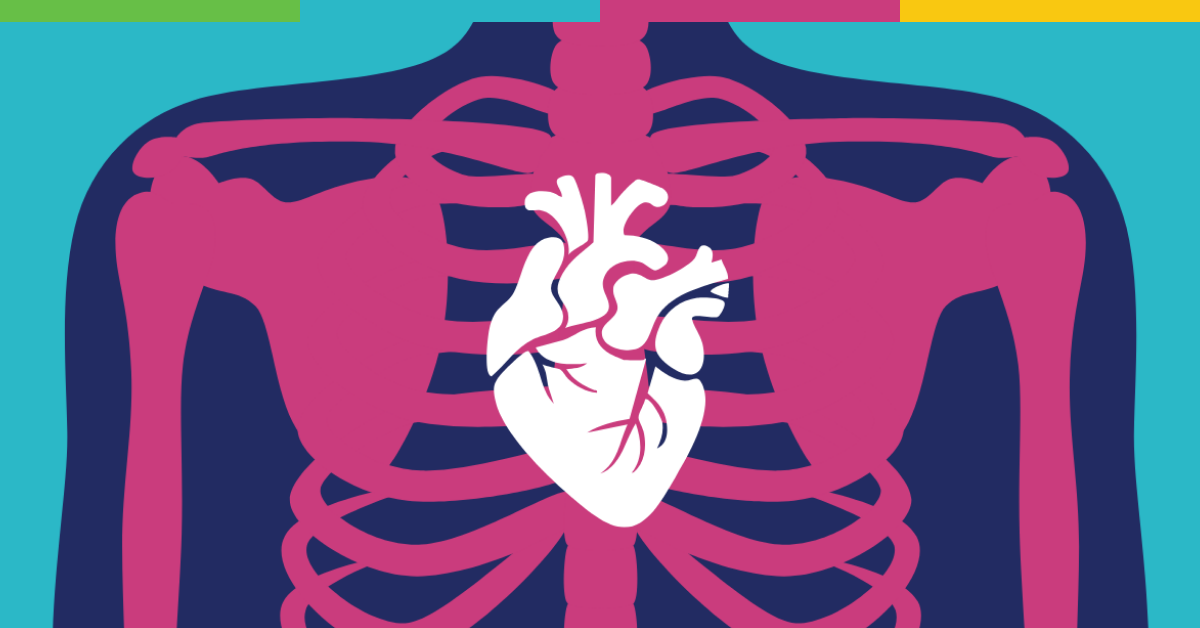Why claims data alone can’t explain real-world heart failure outcomes
Claims data remain essential for tracking hospitalizations, procedures, and medication use, but they miss the clinical nuance that defines heart failure management. For example:
- Ejection fraction (EF): Claims cannot distinguish between reduced and preserved EF, even though treatment differs.
- Cardiac biomarkers: NT-proBNP, creatinine, and hemoglobin A1c values are rarely captured in claims yet determine disease stage, prognosis, and eligibility for specific therapies.
- Adverse events and discontinuation reasons: Claims record that a prescription stopped but not the reason… whether due to hypotension, renal decline, or patient intolerance.
- Physician documented symptoms: Notes describe shortness of breath, edema, or fatigue severity, which guide titration but are invisible in claims.
Without these data, researchers can’t accurately measure treatment response, adherence, or safety. For example, a claim may show that a patient filled sacubitril/valsartan once, but lab data might reveal rising creatinine that led to discontinuation, or notes might document symptomatic improvement that claims don't capture (Figure 2)

Figure 2: Example of a CHF pathway
The research opportunity connecting claims with real-world data
The opportunity for manufacturers, researchers, and healthcare stakeholders is to bridge this data gap and gain a comprehensive view of the heart failure treatment journey. By integrating closed payer claims with laboratory results and EHR, including physician notes, researchers can uncover insights that were previously hidden. This is particularly valuable for teams in health economics and outcomes research (HEOR), epidemiology, and pharmacovigilance who are tasked with evaluating real-world performance and long-term outcomes of heart failure therapies.
With the right data:
- Health economics and outcomes research (HEOR) analysts can link hospital utilization and pharmacy costs to changes in biomarkers such as NT-proBNP or renal function, quantifying the real-world value of quadruple therapy.
- Epidemiologists can identify which subgroups of HFpEF patients respond best to SGLT2 inhibitors by stratifying cohorts by EF range, age, or comorbidities.
- Safety and pharmacovigilance teams can detect emerging signals like hypotension or kidney function changes by correlating claims with serial lab values and clinician notes.
- Market access teams can demonstrate treatment persistence and hospitalization reductions by payer, region, or provider network, strengthening the evidence base for coverage decisions.
These insights simply aren’t possible with claims alone. They require longitudinal datasets that combine utilization, clinical measures, and narrative context to show how therapies perform in everyday care (Figure 2).
The taXonomy Pathways solution
taXonomy Pathways brings together closed payer claims, laboratory data, and EHR, including physician notes, to reveal the complete heart failure journey with a focus on CHF the most clinically complex and costly form of the disease.
The CHF dataset is anchored by the nation’s largest closed claims universe, spanning hundreds of payers and covering more than 6.4 million de-identified CHF patients across nine years of adjudicated medical and pharmacy history. Over 5.8 million also have pharmacy claims. This foundation is enriched with laboratory data from the two largest U.S. outpatient networks, representing over 60% of all cardiac biomarker testing, and EHR data including millions of clinical notes that capture disease severity, hospital course, and recovery patterns.
What makes taXonomy Pathways unique is the depth of biomarker coverage across its heart failure datasets. It captures cardiac and renal measures such as NT-proBNP, BNP, troponin, eGFR, and sodium for millions of patients. These data points that are often unavailable from competing real-world data sources. This clinical granularity enables direct assessment of disease severity, treatment response, and safety signals in ways that claims-only datasets simply cannot support.
Within this combined dataset, researchers can analyze:
- Ejection fraction (EF) and imaging results to classify reduced versus preserved EF in CHF cohorts.
- Key biomarkers such as NT-proBNP, BNP, creatinine, sodium, and troponin to track congestion status, renal function, and therapy response.
- Medication utilization and titration patterns across ARNI, beta-blockers, MRA, SGLT2 inhibitors, and loop diuretics to understand adherence and real-world optimization.
- Readmission and hospitalization trends, including length of stay and 30-day readmission rates linked to baseline lab values.
- Reasons for discontinuation or non-response drawn from physician notes, including hypotension, worsening renal function, or symptomatic improvement leading to dose adjustment.
By connecting claims with detailed clinical data, taXonomy Pathways enables researchers and manufacturers to quantify outcomes that claims alone cannot show—such as how early biomarker improvement predicts reduced rehospitalization, or how renal trends inform treatment adjustments. This integrated, research-ready CHF dataset allows HEOR, RWE, and epidemiology teams to evaluate real-world treatment effectiveness, safety, and progression in one place, without the complexity of stitching together fragmented data sources.
Watch our webinar where we dive deeper into CHF real-world evidence. In the meantime, if you are exploring heart failure or other cardiovascular disease outcomes, we can help design a tailored real-world study. Tell us your population of interest and endpoints. With taXonomy Pathways, we will deliver a dataset and analysis framework that you simply cannot see in claims data alone.
References
- Fonarow GC, Ahmad FS, Ahmad T, et al. Hf stats 2025: heart failure epidemiology and outcomes statistics an updated 2025 report from the heart failure society of america. Journal of Cardiac Failure. Published online September 2025. https://onlinejcf.com/article/S1071-9164(25)00326-4/fulltext
- McMurray JJV, Packer M, Desai AS, et al. Angiotensin–neprilysin inhibition versus enalapril in heart failure. N Engl J Med. 2014;371(11):993-1004. https://www.nejm.org/doi/full/10.1056/NEJMoa1409077
- McMurray JJV, Solomon SD, Inzucchi SE, et al. Dapagliflozin in patients with heart failure and reduced ejection fraction. N Engl J Med. 2019;381(21):1995-2008. https://www.nejm.org/doi/full/10.1056/NEJMoa1911303
- Anker SD, Butler J, Filippatos G, et al. Empagliflozin in heart failure with a preserved ejection fraction. N Engl J Med. 2021;385(16):1451-1461. doi:10.1056/NEJMoa21070
- Armstrong PW, Pieske B, Anstrom KJ, et al. Vericiguat in patients with heart failure and reduced ejection fraction. N Engl J Med. 2020;382(20):1883-1893. doi:10.1056/NEJMoa1915928
- Maurer MS, Schwartz JH, Gundapaneni B, et al. Tafamidis treatment for patients with transthyretin amyloid cardiomyopathy. N Engl J Med. 2018;379(11):1007-1016. doi:10.1056/NEJMoa1805689
- TrueParallel. Askbio presents complete results of phase 1 trial of ab-1002 gene therapy in participants with congestive heart failure at european society of cardiology heart failure meeting. AskBio. May 19, 2025. Accessed October 13, 2025. (NCT04179643) https://www.askbio.com/askbio-presents-complete-results-of-phase-1-trial-of-ab-1002-gene-therapy-in-participants-with-congestive-heart-failure-at-european-society-of-cardiology-heart-failure-meeting
- Teerlink JR, Diaz R, Felker GM, et al. Omecamtiv mecarbil in chronic heart failure with reduced ejection fraction: rationale and design of galactic-hf. JACC Heart Fail. 2020;8(4):329-340. doi:10.1016/j.jchf.2019.12.001
- Batcheldor M. 100th patient receives ambulatory heart failure device. VUMC News. May 11, 2023. Accessed October 14, 2025. https://news.vumc.org/2023/05/11/new-device-offers-peace-of-mind-to-heart-failure-patients/
- Novel virtual care program enhances at-home support for people with heart failure. American Heart Association. Accessed October 14, 2025. https://newsroom.heart.org/news/novel-virtual-care-program-enhances-at-home-support-for-people-with-heart-failure








